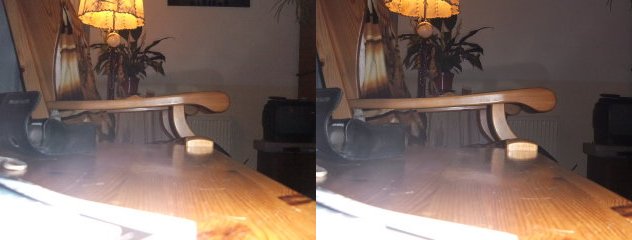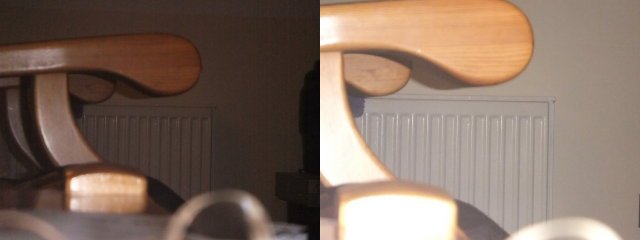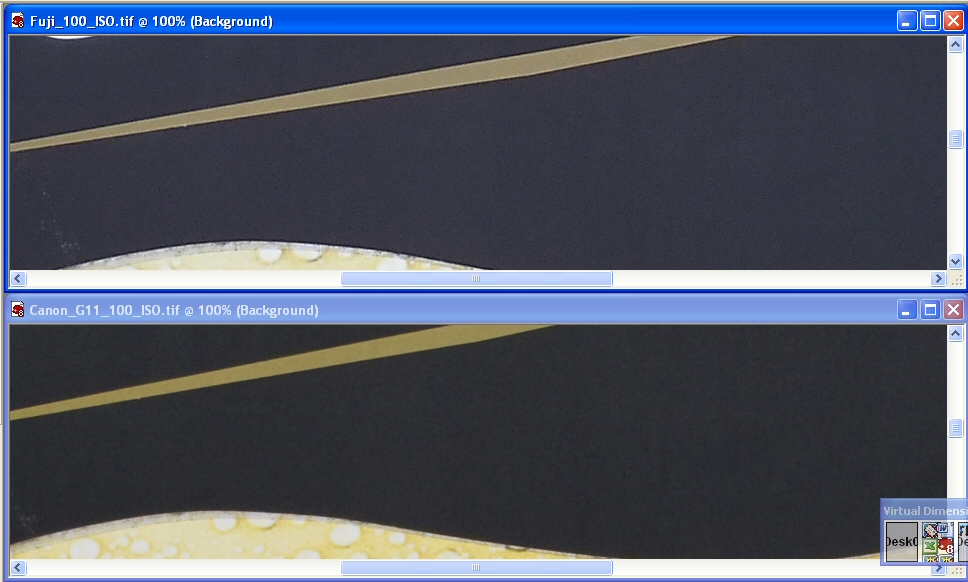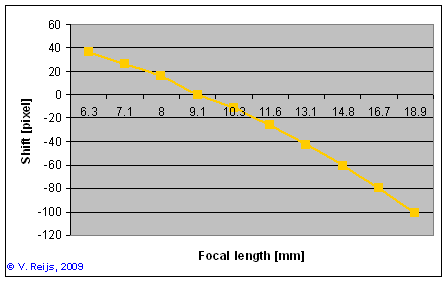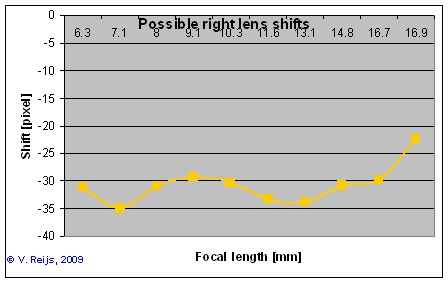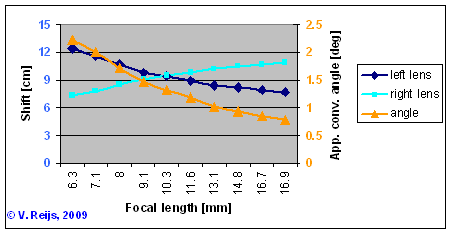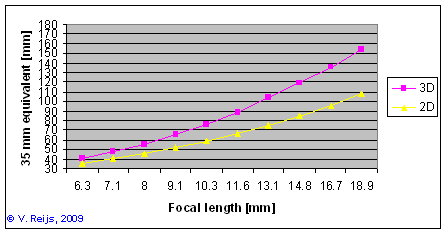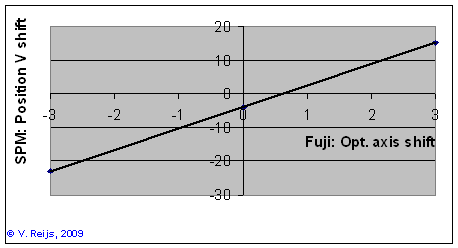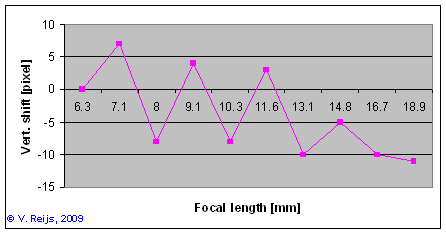For F
c=6.3mm the hot
pixels
are around 1866/725 and for F
c=18.9mm they are around
1682/535 (this change in position is due
to the
cropping and resizing done in the camera).
The camera has been send for repair to FujiFilm and the hot pixel has
been masked out.
After a clean-up activity by FujiFilm, I got a hot pixel on the left
CCD:-(
Proposal for Fuji: The
quality
control should be a little tighter, as hot pixel should be masked out
in new cameras.
Experience exchange
Proposal for Fuji: Would be
nice if Fuji would facilitate a moderated chat with technical experts
in Fuji and the stereo world; to understand and help develop the W1.
Acknowledgments
I would like to thank the following people for their help and
constructive
feedback: Mike Brittner, Arturo Canalda,
Co van Ekeren,
John Goodman, Phil Harvey, Jeff Jeesse, Barry Mason, Linda
Nygren, Mathew Orman, Andreas Petersik, Bob
Pleiff, Max Pow, Brian Reynolds, Dmitry
Semyonov, Jan
Visser,
Gert-Jan Wolkers
and all other unmentioned
people.
Any remaining errors in methodology or results are my responsibility of
course!!! If you want to provide constructive feedback, let me
know.
